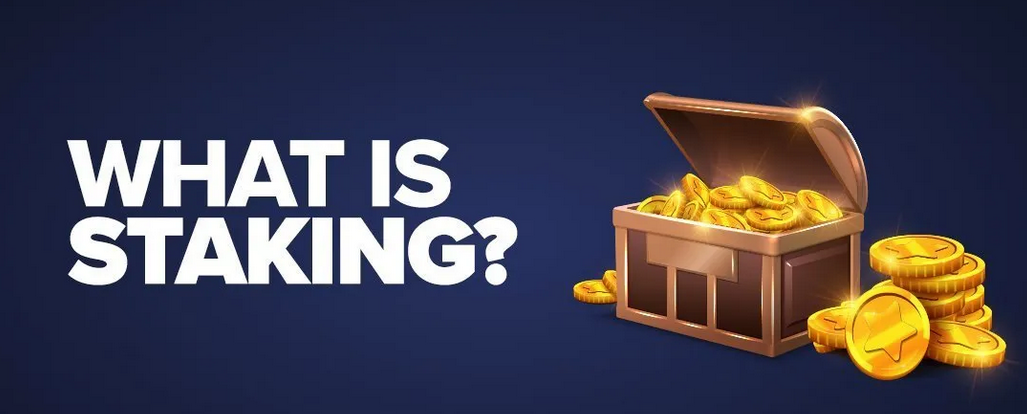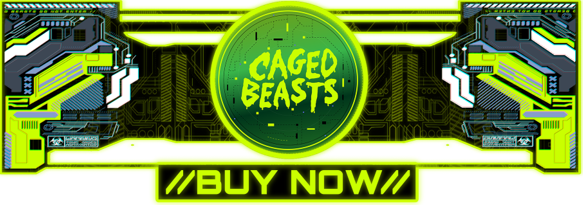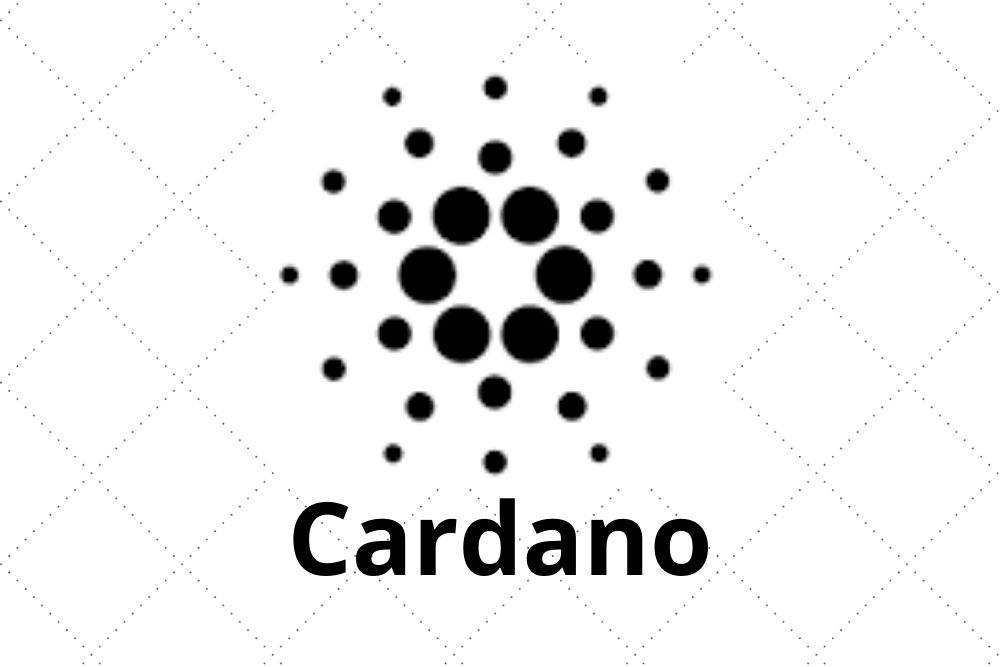An Introduction to Cryptocurrency Staking
An Introduction to Cryptocurrency StakingATZCrypto - Latest Bitcoin, Ethereum, Crypto News & Price Analysis A comprehensive guide to crpytocurrencies staking. What is Crypto Staking and how to earn from it. The post An Introduction to Cryptocurrency Staking Published byMuhammad...

In the past few months, we’ve seen an interesting boom for Proof of Stake (POS) coins. Many of them have jumped thanks to the growth of their blockchains.
It has caused many to wonder what seems to be driving this technology. Proof of Stake itself isn’t new, but it appears to be the future of blockchain technology. So, how does it work and what makes it so much better than the alternative?
What Exactly is Cryptocurrency Staking?
As its name suggests, the primary component of POS blockchains is cryptocurrency staking. It has also become a popular activity, with people setting their coins aside for the possibility of getting more. In its simplest sense, cryptocurrency staking means pledging some units of a cryptocurrency to an ecosystem to get more.
Staking is an umbrella term that involves people participating in a blockchain’s network. They do this by pledging units of a cryptocurrency to the protocol, thus contributing to its growth. Subsequently, they get units of that protocol’s token for their work. This is in addition to the coins they pledged.
Staking has become more popular because it allows you to earn crypto while doing nothing. All you literally have to do is lock your coins up in the protocol for an agreed period. The blockchain and its developers will take it from there. Generally, you get more rewards if you pledge more coins to the staking system. Blockchains also distribute rewards on-chain, so the process is automatic. Once you’ve staked your coins, you’ve fulfilled your obligation.
Today, several coins run on the staking mechanism. These include ADA, SOL, and more.
The Distinction from Proof of Work
In the early days of cryptocurrencies, blockchains used to be Proof of Work. Essentially, miners will need to do some work in order to validate blocks and earn coins. This mechanism was fine, but it didn’t come without its demerits.
The primary issue with Proof of Work is that it involves a lot of computation. Miners will need to solve complex mathematical puzzles in order to validate blocks. The same happens when they need to confirm transactions. From there, they get their rewards.
But, the puzzles themselves have no other purpose than to secure the network. So, miners will end up spending a lot of money on electricity consumption and mining gear. Once they mine, that’s it. Once this problem became more obvious, developers started to look for an alternative. Basically, they needed a way to maintain consensus and decentralization while taking out computation costs.
This is where Proof of Stake came in. The point is for miners to lock their coins in the protocol. Then, at random intervals, the protocol picks the people who will validate blocks. As explained earlier, people with more coins locked have a higher chance of selection.
Thanks to this new system, participants can mine blocks without relying on their ability to solve challenges. As long as they’re holding a sufficient amount of coins, they can mine blocks and get rewards too.
On the practical level, staking is simply the act of putting funds in a compatible wallet. So, basically, anyone can perform various functions in return for rewards. Some people could also add funds to staking pools.
How Protocols Calculate Staking Rewards
There’s no specific answer to this question. Blockchain networks are autonomous, so they can use different methods to calculate taking rewards.
Some blockchains adjust rewards on a block basis. To do this, they consider several factors – including:
- The number of coins the participant will stake
- The validator’s stalking timeframe
- The inflation rate
- The number of coins on the staking network, and many more
Some other networks place the staking rewards as a fixed percentage. They capitalize on inflation, which encourages users to spend their coins. However, this model makes rewards predictable. A predictable reward schedule definitely looks attractive to a lot of people, and it could even incentivize them.
Transaction Fees: Another Incentive for Participants
Besides staking rewards, participants could also get a cut of transaction fees. In a blockchain network, transactions could be just about anything. They could be token transfers, executions of smart contracts, etc. Regardless of the nature, these transfers will also be part of the blocks in the network.
When these blocks are to be processed, they carry a fee. The accumulated fees will also go to participants and stakers.
What Makes Staking Better?
Many see staking as the better option when it comes to blockchain operations and consensus. So, what exactly makes it better than regular mining?
- Affordability
The biggest benefit of staking is its affordability. Traditional mining requires huge investments in mining gear, and you also pay a hefty electricity bill. With staking, you don’t have to deal with these costs. All you need are your coins and an acceptable wallet, and you’re ready to go.
- Convenience
Staking also brings a convenient benefit. You don’t have to buy hardware or monitor your mining operation. All you need to do is lock your coins and you’re good to go. This allows you to enjoy value growth and proper balance.
You should also note that your number of coins can only go up. There’s no chance of a loss with staking, save for drops in the coin’s price. If prices rise, your wallet balance rises too. Then, you get rewards as an added benefit.
- Less Resource Waste
Staking consumes fewer resources than mining. You don’t need extra machines, and you don’t consume a vat of electricity just for staking.
- Simplicity
Staking requires little to no technical know-how. Just get a wallet and your funds, and the protocol does the rest for you.
Market Benefits
Staking also brings advantages for the broader market. It encourages coin holders to keep their coins instead of selling them. Thus, staking contributes to price stability – especially in the long term.
SNEKbot by DexHunter on CARDANO
Cardano's Telegram Trading Bot live on Cardano mainnet!TRADE NOW!










